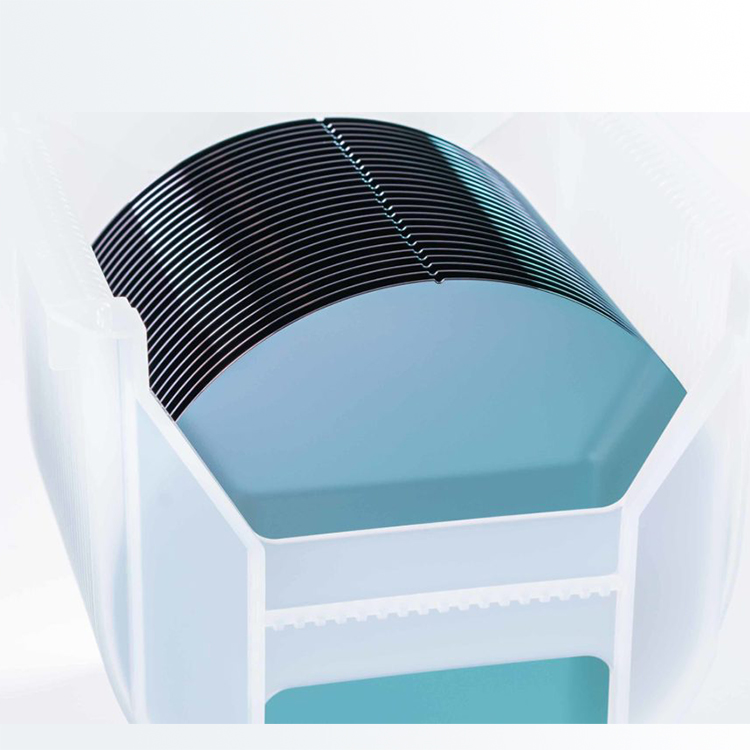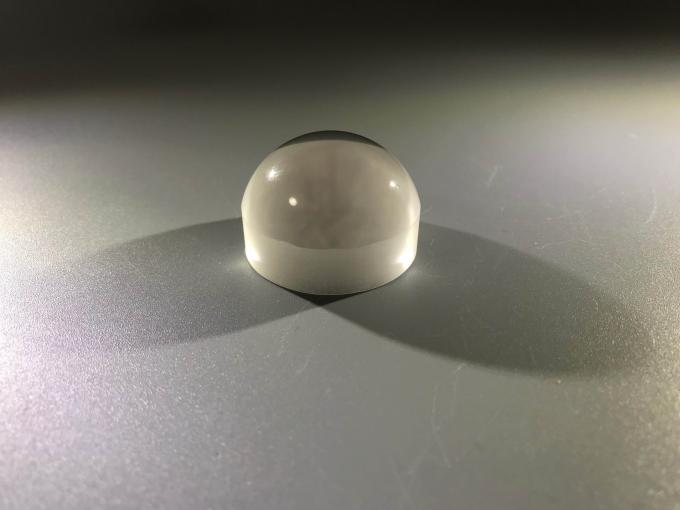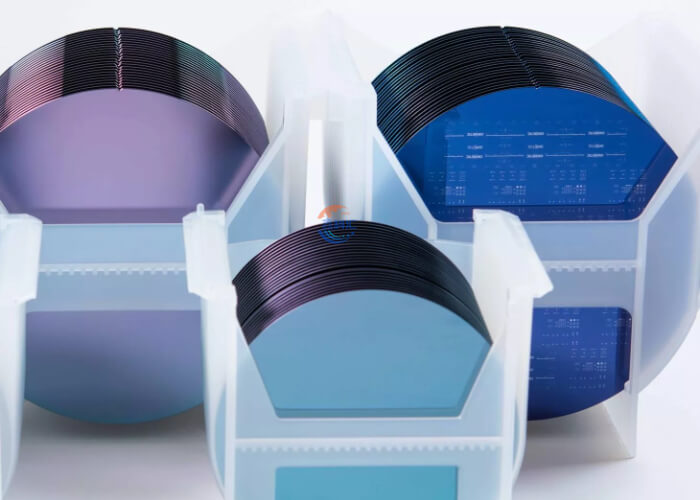The industry standards for checking the sealing performance of wafer cassettes mainly include the following aspects:
- Visual inspection standards:
- No obvious defects: The outer shell of the wafer cassette should be free of cracks, gaps, deformations, and other obvious physical damages. Any such defects may affect its sealing performance. For example, cracks can become channels for gas, liquid, or impurities to enter.
- Complete accessories and correct installation: The lid, clasps, sealing rings, and other accessories of the wafer cassette should be complete and installed in the correct positions. For instance, the clasps should be able to fasten firmly to ensure a tight connection between the lid and the cassette body; the sealing ring should be intact without damage and installed in the correct position to ensure the sealing effect.
- Air-tightness testing standards:
- Pressure change method: A certain pressure of gas (usually inert gas such as dry nitrogen) is filled into the wafer cassette, and then the gas inlet is closed. The change in pressure inside the cassette over a period of time is monitored. If the pressure drop exceeds the allowable range, it indicates that there is a leakage in the wafer cassette, and the sealing performance is unqualified. Different specifications and types of wafer cassettes may have different allowable pressure drop ranges, but generally, the pressure drop should be as small as possible within the specified test time.
- Bubble detection method (suitable for some cases): For some small or simply structured wafer cassettes, if conditions permit, they can be immersed in water or a specific detection liquid, and then gas is injected into the cassette. If bubbles emerge from a certain part of the wafer cassette, it means there is a leakage in that part. This method is relatively intuitive but may not be applicable to some complex structures or large wafer cassettes.
- Particle detection standards: In a specific clean environment, a professional particle counter is used to sample and detect the air inside the wafer cassette. If the number of particles detected exceeds the specified standard, it may indicate that the sealing performance of the wafer cassette is poor, resulting in the entry of external particles. This is because good sealing can effectively block external dust, impurities, and other particles from entering the wafer cassette, thereby ensuring the cleanliness of the wafers.
- Vacuum detection standards: The wafer cassette is placed in a vacuum environment to observe its performance under vacuum conditions. If the wafer cassette can maintain stability under a certain degree of vacuum and there is no obvious gas leakage phenomenon, it indicates that its sealing performance is good. For example, during the process of gradually increasing the vacuum degree, the wafer cassette should not show deformation, cracking, or gas leakage.
- Temperature and humidity change test standards: The wafer cassette is placed under different temperature and humidity conditions to observe whether its sealing performance is affected. For example, under high temperature and high humidity environments, the moisture content inside the wafer cassette should not increase significantly; otherwise, it may be due to poor sealing, resulting in the entry of external moisture. This kind of test can simulate the situation of the wafer cassette in different storage and transportation environments to ensure that it can maintain good sealing performance under various conditions.


















